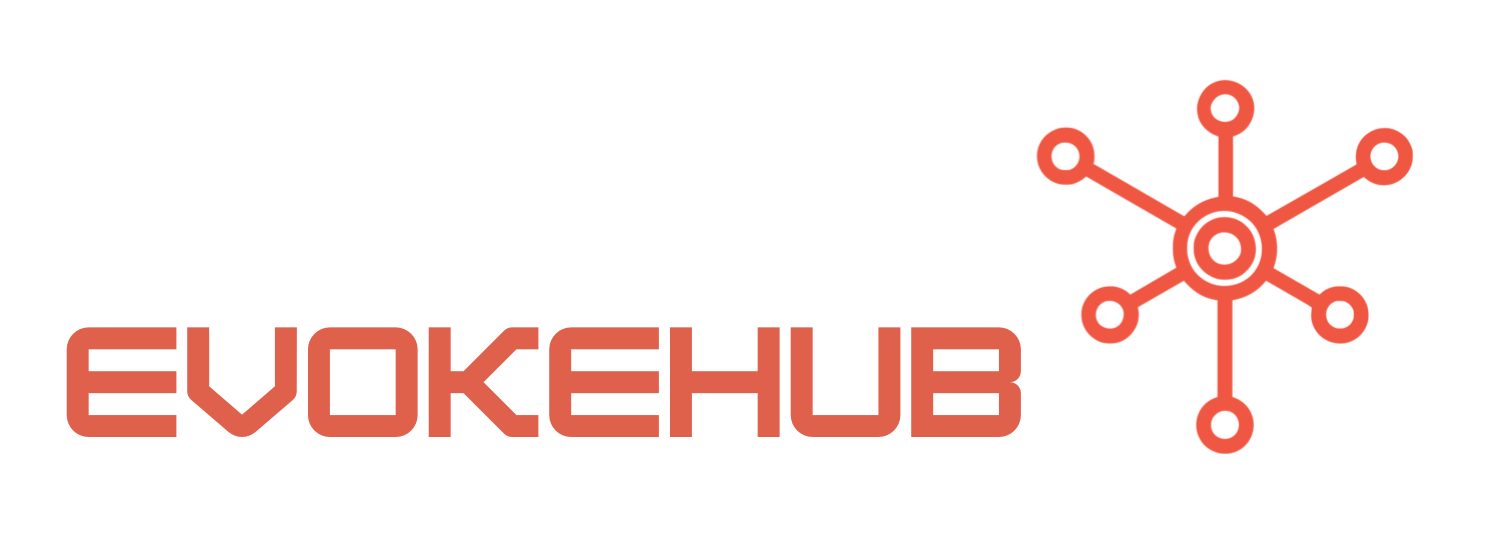Bridging the Gap: Unleashing the Power of APIs in .NET MAUI!
APIs are the unsung heroes of software development, acting as bridges between different services and platforms. In the realm of .NET MAUI, they enable developers to access a plethora of data and functionalities, enriching the user experience. Whether you’re pulling in weather data, integrating payment processors, or connecting to social media platforms, APIs offer a streamlined way to enhance your application’s capabilities. By harnessing the power of APIs, your .NET MAUI app can evolve into a dynamic hub of information and services.
One of the standout features of .NET MAUI is its cross-platform capabilities. This means that the API integrations you create will work seamlessly across iOS, Android, macOS, and Windows. Imagine building a shopping app that not only pulls product information from a remote server but also allows users to make purchases, view their order history, and receive personalized recommendations—all thanks to robust API connections. With .NET MAUI, developers can create stunning, responsive apps that thrive on integration.
Moreover, the ecosystem surrounding .NET MAUI is bustling with resources and community support. Libraries like RestSharp and Refit simplify the process of making HTTP requests and deserializing responses. This means less time wrestling with code and more time focusing on crafting a fantastic user experience. The vibrant community of .NET developers also contributes to a growing pool of open-source APIs, enabling you to integrate a wide variety of functionalities with minimal effort.
Crafting Connections: Your Guide to Smooth API Integration!
Integrating APIs into your .NET MAUI app might sound daunting, but fear not! The process can be as smooth as butter with the right approach. Start by identifying the APIs you want to integrate—this could range from RESTful services to GraphQL endpoints. Once you identify the service, familiarize yourself with its documentation; it’s your roadmap to successful integration. Most APIs provide clear guidelines on authentication, data formats, and endpoints, which are crucial for a seamless experience.
Next, set up your project to connect with the API. You’ll typically include the necessary libraries and create a service layer that will handle all API requests. This is where you can encapsulate the logic for making calls, processing responses, and managing errors. Use asynchronous programming to ensure that your app remains responsive while waiting for data. Remember, the aim is to create a user experience that feels fluid and responsive, even while fetching information from remote servers.
Finally, testing is key! Utilize tools like Postman to ensure your API endpoints are functioning correctly before integrating them into your app. Once you’re confident, start wiring up the user interface to present the data in a visually appealing manner. With the right techniques and a sprinkle of creativity, your .NET MAUI app will not only shine in functionality but also offer users a delightful experience, proving that connecting the dots was worth every effort.
In conclusion, API integration in .NET MAUI isn’t just about connecting services; it’s about creating an enriched user experience that elevates your application to new heights. By leveraging the power of APIs, developers can bridge the gaps between disparate systems, crafting seamless solutions that resonate with users. With the right resources and a cheerful approach, your journey into API integration can be a thrilling adventure filled with endless possibilities. So, roll up your sleeves, dive into the world of APIs, and watch your .NET MAUI app flourish! Happy coding!




